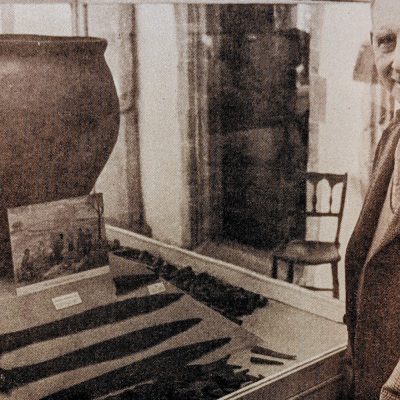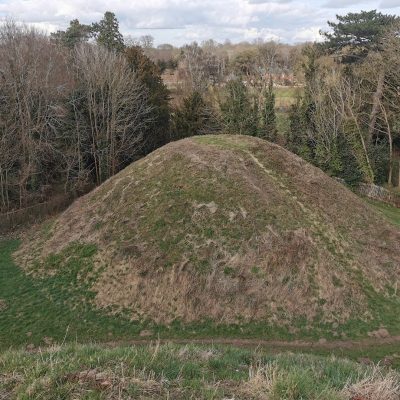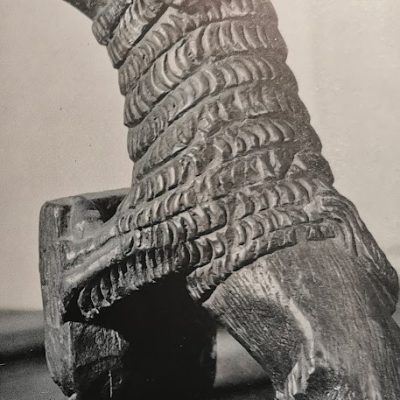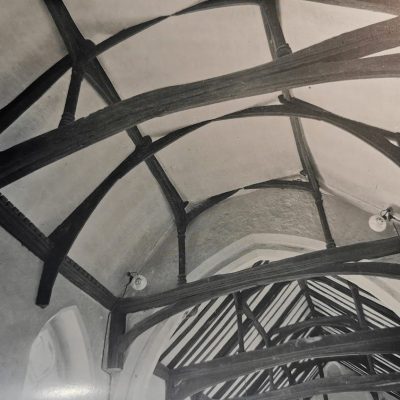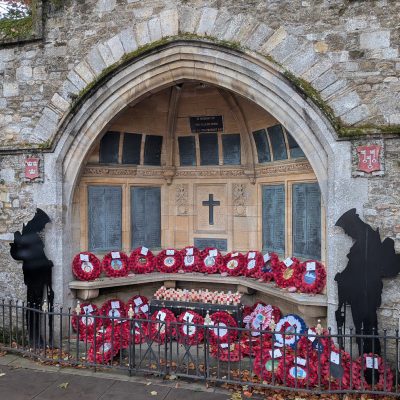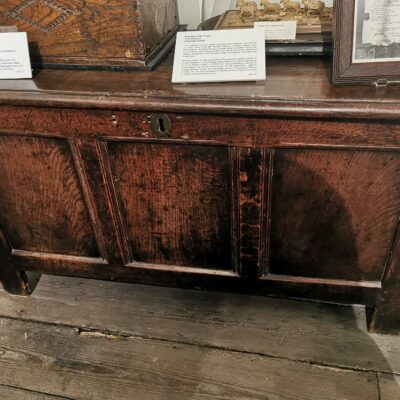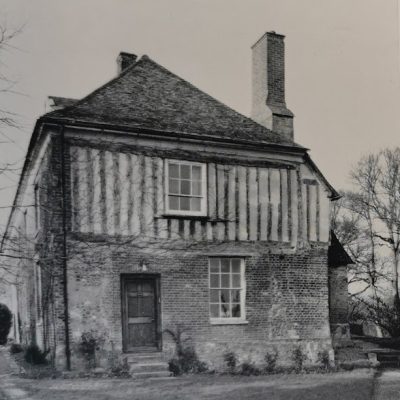Search by topic
- archaeology
- Building of Local Interest
- chapel
- charity
- church
- crime
- dressmaker
- fire
- Great Eastern Railway
- Listed building
- Mapping Relief
- medieval
- oral history
- poverty
- Public House
- Religious House
- Roman
- scholar
- school
- Then and Now
- tudor
- women
- work
- world war one
- world war two
Search by text
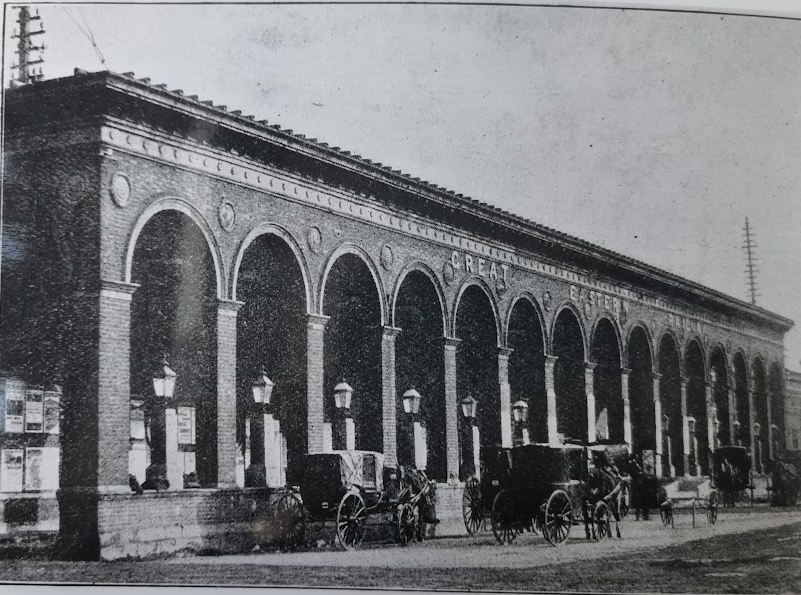 Cambridge Railway Station (Cambs Collection)
Cambridge Railway Station (Cambs Collection)Cambridgeshire in the 19th century
Overview of Cambridgeshire in the 19th century
This is an edited AI generated summary of the evidence available on Capturing Cambridge for events and developments in Cambridgeshire during the 19th century. As such it will be periodically updated and checked as new material is uploaded. Comments are welcome.
The 19th Century in Cambridgeshire: A Detailed Historical Study Through Capturing Cambridge
The 19th century was one of the most dynamic, transformative periods in Cambridgeshire’s history. Between 1800 and 1900, the county experienced industrial expansion, new transport systems, population growth, architectural reinvention, parish reform, scientific advancement, and the emergence of civic institutions. Unlike earlier centuries, the 19th century produced extensive written, photographic, and architectural records — many of which now appear in the Capturing Cambridge project. These records help us understand how Cambridge and its surrounding villages transitioned into a recognisably modern society.
Throughout the century, Cambridge evolved from a market town dominated by the University into a regional commercial, administrative, educational, and scientific centre. Meanwhile, surrounding villages experienced shifting agricultural fortunes — ranging from enclosure hardship to market-garden prosperity.
I. Context: Why the 19th Century Matters in Cambridgeshire History
Four major forces shaped life in Cambridgeshire during the 19th century:
1. Industrialisation and new infrastructure
Although Cambridge was not a major factory city, it became regionally connected through railways, bridges, and turnpikes.
2. Scientific and intellectual expansion
The University grew significantly in size, research output, and public influence — shaping the city’s economy and identity.
3. Urban growth, suburbanisation, and housing development
Working-class neighbourhoods, terraces, and new streets expanded the town beyond its medieval boundaries.
4. Changing social values
Education, reform movements, charitable institutions, and political representation reshaped everyday life.
Capturing Cambridge documents many of these changes through building histories, street maps, photographs, census references, and newspaper accounts.
II. Case Studies from Capturing Cambridge (19th-Century Evidence)
A. Railways, Transport, and Mobility
1. Cambridge Railway Station (opened 1845)
The arrival of the railway was the defining event of 19th-century Cambridge. It connected Cambridge to London, the Midlands, and the east coast, enabling:
– scientific collaboration
– tourism and leisure travel
– mass movement of agricultural products
– commuter culture
– student mobility
Capturing Cambridge entries concerning Station Road, Hills Road, and associated businesses reveal how the railway spurred rapid development of surrounding neighbourhoods.
2. Mill Road and working-class expansion
As documented extensively in Capturing Cambridge Mill Road entries, the area developed rapidly after the arrival of the railway. Streets, terraces, pubs, shops, schools, and mission halls grew to support railway labourers, artisans, and traders.
Mill Road became one of Cambridge’s most culturally diverse and economically active districts — a character that continues today.
B. Industry, Commerce, and Local Economies
3. Maltings, breweries, and 19th-century food production
Entries on brewery sites — such as the Star Brewery — show how industrial-scale manufacturing entered Cambridge in the 1800s. Malt production served both local consumption and national export.
4. Co-operative stores, butchers, grocers, and general shops
Dozens of Capturing Cambridge street entries record 19th-century shopkeepers, reflecting rising consumer culture, growing literacy, and new advertising media.
5. Corn Exchange (opened 1875)
Featured in Capturing Cambridge’s Market Hill entries, the Corn Exchange symbolised modern commercial ambition — hosting grain trading, exhibitions, concerts, and civic gatherings.
C. Housing, Class, and Social Geography
6. Victorian terraces and urban expansion
Capturing Cambridge records the construction of terraced streets along East Road, Mill Road, Newnham, Castle Hill, and Chesterton. These provided affordable housing for artisans, labourers, teachers, and railway workers.
7. Newnham development and women’s education
Newnham expanded significantly in the late 19th century, associated with the founding of Newnham College (1871) and broader movements toward women’s access to education. Capturing Cambridge entries reveal former residences of early women scholars and tutors.
8. Chesterton before incorporation into Cambridge (1912)
Capturing Cambridge entries show Victorian Chesterton as a semi-rural settlement with wharves, market gardens, pubs, and workshops — later absorbed into urban Cambridge.
D. Public Health, Reform, and Local Governance
9. Workhouses and welfare reform
Entries 19th-century attitudes toward poverty and social responsibility. Workhouses were intended to deter reliance on public assistance but often resulted in overcrowding, family separation, and limited care.
10. Cemeteries and public burial grounds
Burial space became a major urban problem. Mill Road Cemetery, referenced in Capturing Cambridge, opened in 1848 to relieve pressure on overcrowded parish graveyards and reflects Victorian attitudes toward death, hygiene, and urban planning.
11. Fire brigades, police stations, and municipal services
Capturing Cambridge records the emergence of civic institutions — police forces, fire brigades, postal services — signalling modern governance replacing parish-based organisation.
E. Religion, Community, and Social Identity
12. Nonconformist chapels
Capturing Cambridge documents the rise of Baptist, Methodist, Congregationalist, and Salvation Army chapels — especially in working-class neighbourhoods. Religion diversified as new populations arrived, signalling a shift away from the Church of England’s dominance.
13. Parish churches and Victorian restoration
Many medieval churches underwent 19th-century restoration — sometimes controversially — often funded by wealthy patrons, university figures, or civic leaders.
F. Education, Science, and Cultural Change
14. Cambridge University expansion
Throughout the 19th century, the University modernised:
– written examinations replaced oral disputations
– new professorships were established
– laboratories, libraries, and museums were built
– students from middle-class backgrounds increased
– admissions broadened slowly toward religious equality
Capturing Cambridge entries frequently name professors, students, printers, and inventors associated with residential addresses, illustrating academic integration into city life.
15. The Fitzwilliam Museum (opened 1848)
Referenced in Capturing Cambridge’s Trumpington Street entries, the Fitzwilliam embodies Victorian cultural ambition — public art, civic education, and architectural grandeur.
G. Mapping, Photography, and Documentation
16. First Ordnance Survey mapping
Many Capturing Cambridge entries rely on 19th-century OS maps, indicating:
– street development
– building footprints
– changing parish boundaries
– railway expansion
– industrial sites
17. The rise of photography
Photographs preserved in Capturing Cambridge provide direct visual evidence of 19th-century streets, clothing, transportation, river life, and community events — a new and invaluable historical lens.
III. Themes Emerging from the Century
1. Urbanisation and modern infrastructure
Cambridge transformed from a small market town into a structured urban centre with suburbs, transport networks, and defined neighbourhood identities.
2. Industrial influence without industrial domination
Cambridge avoided large-scale factory pollution but benefited economically from railway connectivity, food processing, education, and services.
3. Social stratification and reform
Victorian Cambridge contained great wealth — academic, commercial, landed — alongside intense working-class hardship, prompting activism, philanthropy, and new legislation.
4. Architectural legacy
Red-brick Victorian buildings, Gothic Revival churches, railway hotels, terraces, and civic institutions define much of Cambridge’s visual identity today.
5. Cultural diversification
Immigrants, labour migrants, students, and rural workers reshaped community identity and daily life.
IV. The Role and Limitations of Capturing Cambridge for 19th-Century Study
The platform is particularly valuable for this century because it preserves:
– individual house histories
– census-linked resident information
– business directories
– architectural surveys
– digitised photographs
– oral histories rooted in Victorian family memory
However, limitations include:
– incomplete coverage of rural villages
– uneven documentation of industrial or agricultural labourers
– reliance on surviving built heritage, which may underrepresent demolished districts
Nevertheless, Capturing Cambridge offers one of the richest accessible archives of 19th-century material available to the public.
V. Conclusion — The 19th Century as the Foundation of Modern Cambridgeshire
The 19th century created the Cambridgeshire we recognise today. It produced the city’s transport system, commercial districts, educational institutions, civic services, public buildings, residential neighbourhoods, and cultural infrastructure. Cambridge evolved from a largely medieval landscape into a recognisably modern, connected, and urban society.
Through photographs, street histories, architectural documentation, and archival research, Capturing Cambridge preserves this pivotal century — allowing residents, students, historians, and visitors to understand how everyday lives shaped the long and continuing story of Cambridgeshire.
The 19th century was not merely a bridge between the agricultural past and the technological 20th century — it was the century in which modern Cambridgeshire emerged.
Contribute
Do you have any information about the people or places in this article? If so, then please let us know using the Contact page or by emailing capturingcambridge@
License
This work is licensed under CC BY-NC-SA 4.0





